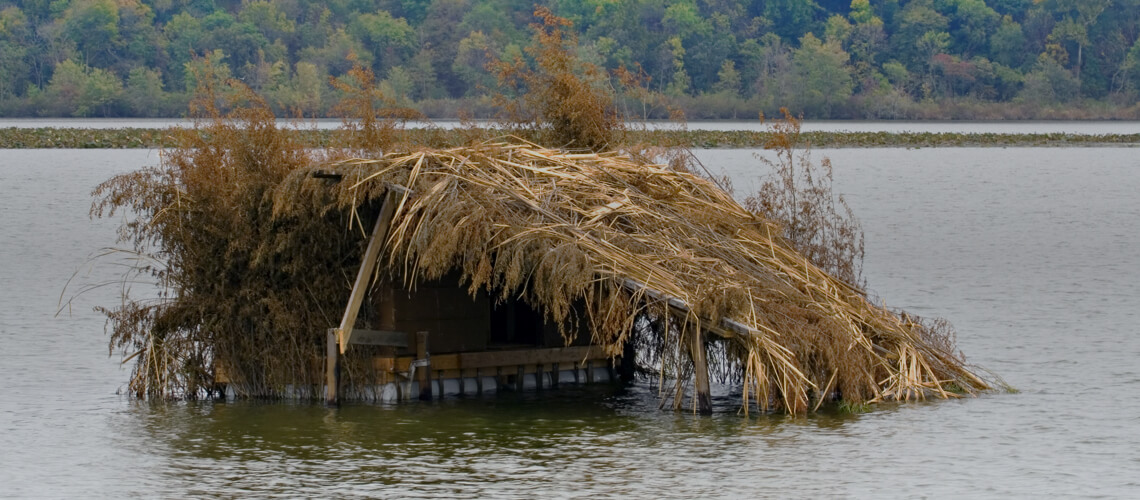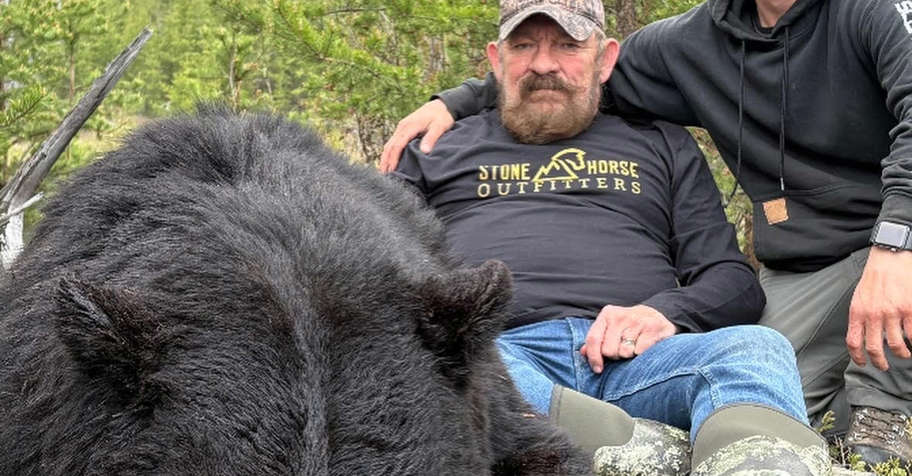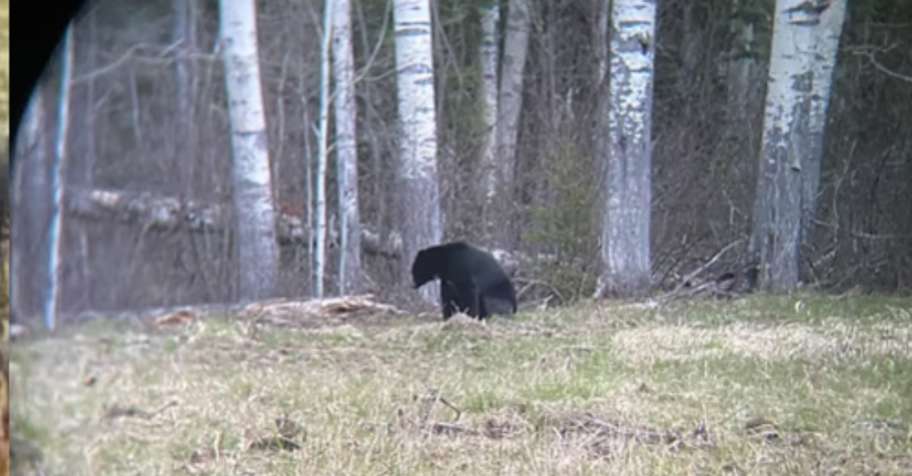
950
hunting trips
$100
starting from
296
outfitters
221
animals
About Hunting From a Blind
Hunting from a blind
A blind is a temporary or permanent structure built with the purpose of hiding a hunter from the senses of game animals. Temporary blinds may be built out of bits of the local environment (branches, grass, rocks, etc); there are also portable blinds, tent-like structures that hunters bring along. A good blind doesn’t only prevent the game from seeing you, but somewhat hinder the spread of your smell and the noise you produce. Unlike a tree stand or a high seat, blinds are usually constructed at ground level. Blinds for hunting waterfowl may be at water level, or slightly above to compensate for the fall and rise of the water levels.
A hunter who arrives at a guided or outfitted hunt seldom has to be involved in the construction of the blind(s), but it doesn’t hurt to know what makes a good one. The main rule is that a blind is supposed to look as if it is just a part of the local landscape. For example, using branches of trees that do not grow in this location, or are seasonally incorrect (bright green in the fall, or dry yellow in the summer) may spook your quarry. Some animals, like black grouse on leks, will be suspicious of a change in the environment, and shy away from the blind for a couple of days. With others, especially those that are new to the neighborhood, such as migrating waterfowl, you can hunt from a blind as soon as you put it up.
A blind is constructed near a place where an animal is likely to visit - near a waterhole, a food source, a place where it may hope to find a sexual partner, etc. Often, these attractants are added by the hunters - as in artificial bait, decoys, and calling. The blind design depends on the quarry and the type of hunting, as well as the number of hunters. A blind for a rifle hunter that knows precisely where the game will appear may be very compact, with only a small opening for observation and the weapon. Blind for bird hunters, by contrast, must be open from the top, and spacious enough to allow movement for swinging a shotgun.
Hunting From a Blind on map
Game classification
Animals
Top hunts
2026 North Alberta Spring Bear Hunt
Alberta, Canada
Black bear
Hunting From a Blind, Baiting, Bow Hunting, High Seat, Rifle Hunting
Season: May 10, 26 - May 29, 26
Package price
$4,600
for 6 days, 1 hunter
Limited time offer
Plains Game Hunt 1x1
Northern Cape, South Africa
Black springbok, Black wildebeest, Blue wildebeest, Bontebok, Burchells zebra, Cape eland, Common blesbuck, Common duiker, Common springbok, East African greater kudu, Gemsbuck, Giraffe, Golden wildebeest, Hartebeest, Impala, Kalahari springbok, Lynx, Nyala, Ostrich, Red lechwe, Roan, Sable, Steenbok, Tsessebe, Warthog, Waterbuck, White blesbuck, White springbok
Hunting From a Blind, Bow Hunting, Rifle Hunting, Stalking
Season: Feb 1, 26 - Nov 20, 26
Daily rate fee
$1,560
for 4 days, 1 hunter
Rocky Mountain Black Bear
Alberta, Canada
Black bear
Hunting From a Blind, Baiting, Bow Hunting, High Seat, Rifle Hunting
Season: Apr 15, 26 - Jun 15, 26
Package price
$3,000
for 5 days, 1 hunter
Online payment

Hunting From a Blind
Interested in Hunting From a Blind trips?
Create a subscription to get offers right to your inbox
You might also like
Explore hunting
trips worldwide
trips worldwide
Direct offers from outfitters
with no booking fees
with no booking fees
Verified reviews
from other hunters
from other hunters


